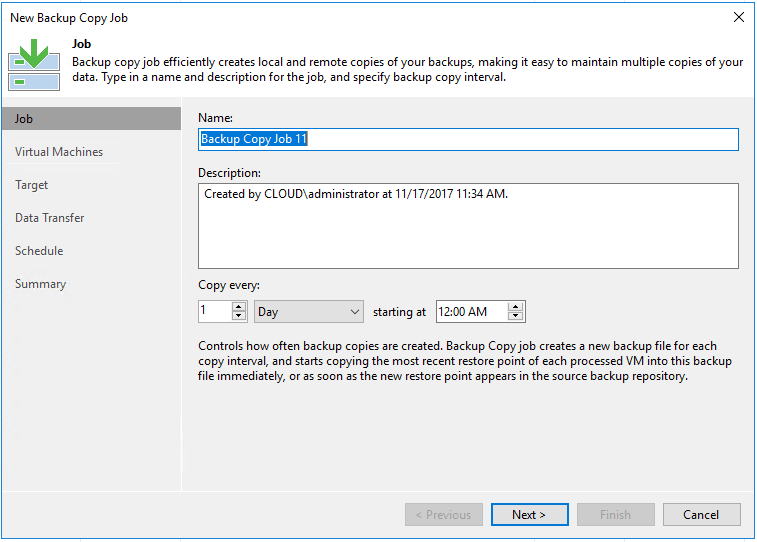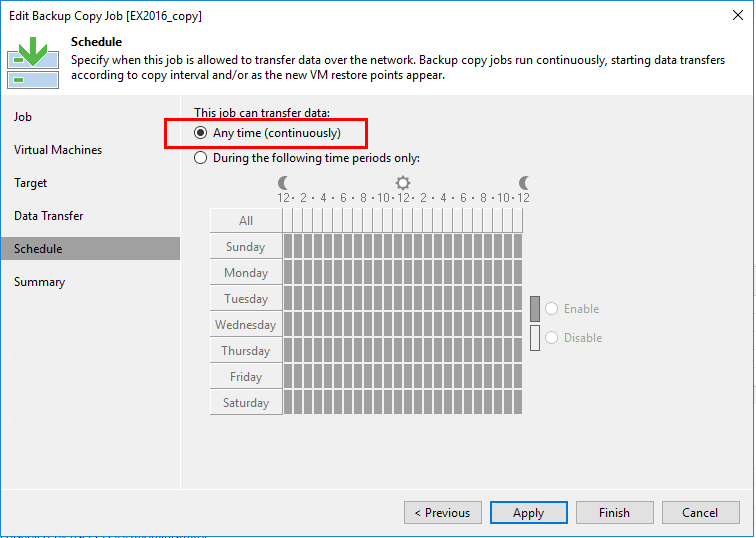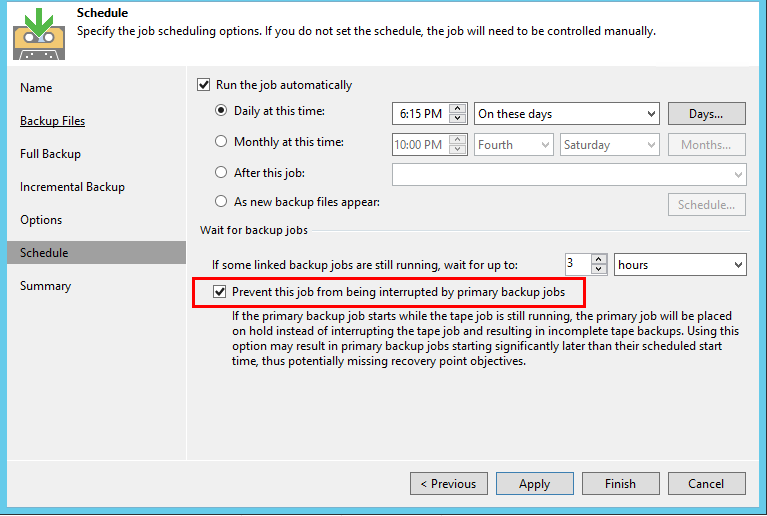Keep Veeam Tape Job from Interrupting Production Backups

In data protection, utilizing the 3-2-1 backups rule for production notes (3) copies of your backups, (2) different kinds of medium, and (1) located offsite is best practice. Many enterprises are still utilizing a tape backup rotation to achieve the (2) different kinds of medium. Veeam Backup & Replication supports backing up to tape. However, how do you effectively achieve being able to backup to tape without interrupting production backups and vice versa? Let’s take a look at how to keep Veeam tape job from interrupting production backups by utilizing the Veeam Copy Job.
What are Veeam Backup & Replication Copy Jobs?
Veeam Backup Copy Jobs have the purpose of creating another or several instances of the same backup data in different locations. Typically this will be another datacenter or even in the cloud. The Backup copy job is a job-driven process that is automated. Backup copy jobs run continuously on a specified job interval. The first backup copy job interval of a backup copy job always produces a full backup file. During every subsequent backup copy job interval, when a new restore point is created, Veeam copies over the incremental changes from the most recent restore point that is created to the target repository. The new data blocks are copied to the incremental backup file for the copy job.


Keep Veeam tape job from interrupting production backups
With the way our backup copy job works, typically we are using them to create another copy of the production backup of our virtual machine. While certainly important, we can say they are of secondary importance compared to production backups of the VM.
When we want to utilize a Veeam tape job to archive data, perhaps a weekly archive of production backups, utilizing our production backups as the source to pull from to write to tape, results in production backups being affected which is less than ideal in either direction. We don’t want production backups to be impacted potentially leaving us exposed to losing data if our production backup is not able to run because the tape job has the backup locked. On the other side of the coin, we dont’ want the tape job to be continually interrupted by production backups, albeit of secondary concern, this may leave the tape job continually interrupted and perhaps never finishing.
There is an interesting setting in the tape backup job settings where you can select to prevent the tape job from being interrupted by the source backup job. As shown in the setting information, we are effectively missing recovery point objectives if we are sourcing production backups. If however, we are sourcing backup copy jobs, this setting is desirable as we are getting an uninterrupted tape job run with good, recent data from production without interrupting production.

To solve the scenario mentioned above, we can utilize backup copy jobs as a bridge between tape and production. If we source backup copy jobs for tape jobs, we have a job that has up to date data to write to tape, and a job that we are okay with having locked for the time that it takes to write the job to tape. The backup copy job will then catch back up as it is released from the lock from the tape job.
The outcome of engineering our tape backup job this way allows continuing to obtain production backups and at the same time write the archive data from recent backup copy job data for the production workload to tape.
Thoughts
Following the 3-2-1 backup rule is a best practice procedure for data protection solutions. It allows having both effective and efficient backups while at the same time having resiliency with backup data. While tape drives and devices feels archaic, many enterprises are still utilizing tape media for archive data. With Veeam Backup & Replication, we can engineer our backups so that we are getting recent backup data from production while at the same time not interrupting production backups. The backup copy job acts as a bridge that helps to keep Veeam tape job from interrupting production backups and we are still getting good production data to archive. Using the tape job setting to prevent the backup job from being interrupted allows our tape job to no be interrupted by copy job intervals so we get the best of both worlds.













